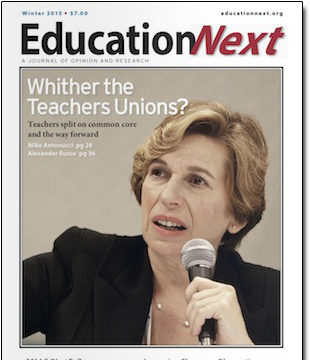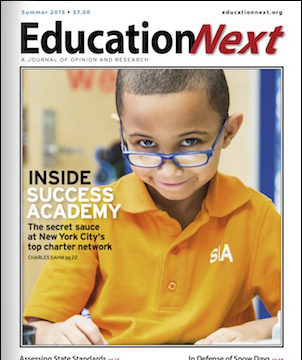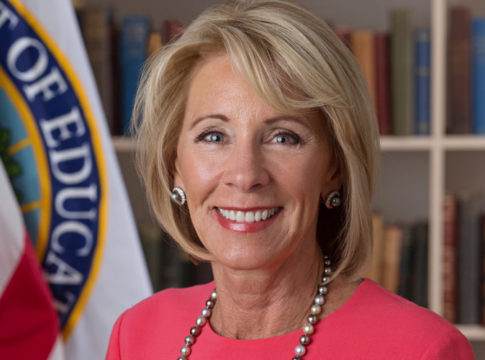I awoke this morning thinking about test scores – New York State releases it’s 4th– and 8th-grade reading and math scores tomorrow and our little district – 50 percent poor, 30% black – rarely hits the 50 proficient rate. My next thought was how the school administration will present the results at tomorrow’s board meeting (it’s not so bad, we’re working on it, we’ve got many challenges, especially the budget cutbacks), and then, how the local press would play it (quoting the administration) – if at all. Over the years the school community has gotten used to failure (it tends to see “failure” as a judgment made by ivory tower bureaucrats and outsiders who don’t understand the realities of local life) and the local press, which reports almost exclusively the words of the administration, and depends on ads from local business, which is supported in part by consumers with a stake in the school district, etc. The press as a bullhorn of failure, oddly enough, is reassuring. Plus c’a change, plus c’est la meme chose.
I am not one to blame the press for problems, but I do take seriously the founders’ belief that the democratic experiment won’t work without an informed public. It is not about taking a stand for or against; it’s about reporting the facts — all of them, including those from dissenters, reformers, and researchers. As the Fox News anthem has it, “We inform, you decide.” The problem is that even if the public is not informed, it still decides. Scary.
Luckily, the Program on Education Policy and Governance at Harvard and the editors at Education Next have been thinking about this question and last week they released their 5th annual survey of the American public’s views about education reform, which included several questions meant to tease out the value of information to a respondent’s opinion. It is well worth immersing yourself in the story, co-authored by PEPG director Paul Peterson and professors William Howell and Martin West, as it provides a fascinating window on to not just the American public’s ideas about education reform, but also the state of the hearts and minds battle for that public’s attentions, a battle which the authors say is “far from over.” (See also Peterson’s two essays about the results, one in the Wall Street Journal and the other at the Education Next website, as well as Mike’s post about the survey, “The schools—and the deficits—we deserve,” which discusses Americans’ great ambivalence about education spending.)
You can take the survey yourself and see how your views on questions like tax credits, charters, vouchers, teacher compensation and tenure, and testing compare with those of the general public and survey subgroups like “affluent,” teachers, parents, African Americans, and Hispanics.
But here’s the real scary thing for me: only thirteen percent of Americans says it pays “a great deal” of attention to education issues and 22 percent says it pays “very little” to “none.” This education abdication only magnifies the influence of the special interests. (See Mike’s Podcast interview with Terry Moe, whose new book is called Special Interest: Teachers Unions and America’s Public Schools.) And its significance is clearly visible in two of 28 questions on the survey.
When asked, for instance, if “government funding for public schools in your district should increase, decrease, or stay about the same,” 59 percent of respondents wanted more funding. But when the question was posed with information about how much the local district was actually spending per child, only 46 percent favored more funding – a thirteen point information gap that could potentially have enormous impact on a legislature’s funding decisions.
The subject of teacher salaries worked similarly. When asked if salaries should increase, decrease, or stay about the same, 55 percent of the American public said give them more money. But when told that the average annual salary for teachers is $54,819, only 43 percent of Americans wanted to give teachers more money. Again, this is a huge difference, with serious policy consequences.
Indeed, the significance of information – the facts, m’am, and nothing but the facts — to the education debate can not be overestimated. And it is why the transparency and reporting provisions of the much-maligned No Child Left Behind law are so important. It would be too simplistic to say that the difference between good schools and bad is in the quality of the information the public gets about its schools. But the swing in public opinion the size of that reported by the PEPG/Ed Next survey should be a wake-up call: get the information out. If the founders were smart enough to see the value of a free press and embed it in the Constitution, let’s be smart enough to take full advantage of our freedoms and make sure that the public knows what is happening in its schools.
–Peter Meyer





